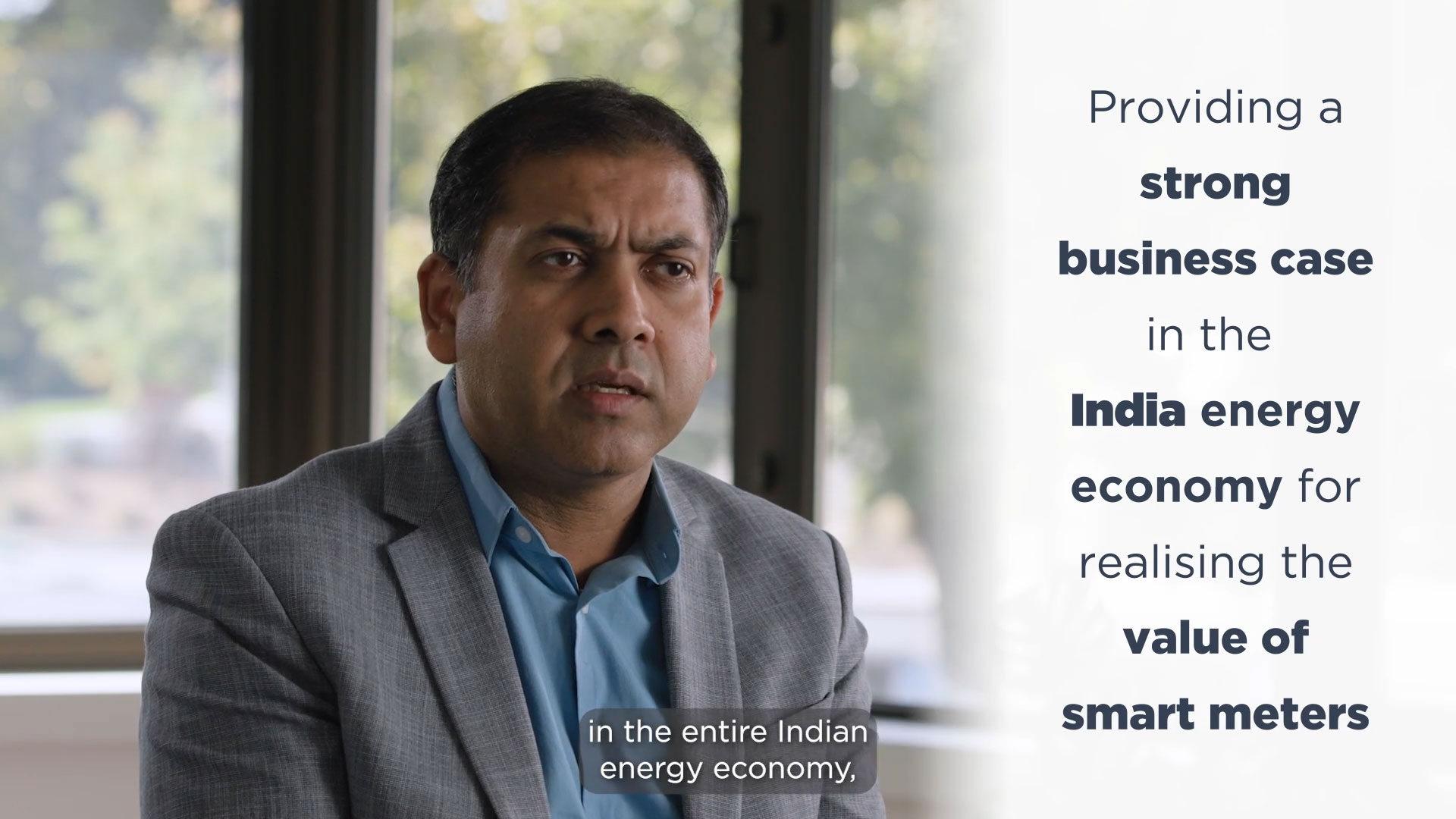Support CleanTechnica’s work through a Substack subscription or on Stripe.
Bloomberg this week is reporting that the hottest segment of the US auto market is used EV purchases. There are reports of Chevy Bolts that are traded in being sold to new owners within days. People may have many explanations for the phenomenon — tariffs, the end of federal incentives, solar flares — but the reason is simple economics.
The current EV tax incentive only applied to a limited number of models — if they were purchased outright. But a loophole the Democrats snuck past Joe Manchin allowed the full $7,500 incentive to apply to virtually any electric car — provided it was leased. Did automakers and dealers take advantage of that loophole? Boy, howdy, did they ever!
The Used Car Action Is Powered By Auctions
It is a little known fact that most of the used cars dealers have on their lots are not trade-ins but cars that were purchased at auction. Tens of thousands of off-lease vehicles are trucked into auction houses all across America each week. Those cars get bought by automobile dealers, who then pay to have them trucked to their stores, where they are checked over, buffed, and put out on the front line. There are companies that make a pretty good living doing nothing but transporting cars to and from auctions.
[Full disclosure: For a time, I was responsible for buying cars at auction for a dealership where I was the used car manager. There are few opportunities in life to spend $150,000 of someone else’s money in a few hours. Truth be told, I loved doing it. The emotional energy inside the auctions is a drug I couldn’t get enough of.]
Now, many of those EVs are coming off lease [the IRA went into effect just over three years ago]. They can be purchased at auction for far less than their original selling price, which means dealers can add them to their used car inventory and sell them profitably at prices well below the cost of a new EV. We know the most important words in many business transactions are the price, the price, and the price.
Used EV Price Parity
A used EV is now priced about the same as a used combustion engine car, which means buyers don’t need incentives to level the playing field. Bloomberg says they are actually selling faster than used conventional cars, according to a report by Cox Automotive. In fact, used EV sales are 34 percent higher than they were a year ago.
Liz Najman, director of market insights at Recurrent, thinks she knows why that is happening. She told Bloomberg, “It was just a matter of time until people sort of started trusting used EVs enough to take the plunge and that would sort of have a ripple effect.”
That should be a ray for sunshine for those who want the EV revolution to succeed. Three years ago — thanks largely to the FUD spread liberally around by fossil fuel interests and car dealers themselves — people worried about getting hit with astronomical costs to replace battery packs if they failed. They also believed you couldn’t drive an EV through a puddle, or in the rain, or that they catch fire while charging.
EV Fear
Like all rumors, there was a kernel of truth behind those fears. The original Nissan LEAF did have issues with rapid battery degradation, particularly in places like Phoenix, Arizona, where the weather is hot and dry 364 days of the year. And there were instances of battery fires in Teslas and Chevy Bolts that got lots of press coverage. Even though there are hundreds of gasoline fires every day, those battery fires were what got the headlines.
But now, people have been driving an EV for two or three years. They have discovered what most of us already know — EVs are quieter, have generous torque, and don’t need oil changes, transmission repairs, or new mufflers on a regular basis. The word is now getting around that the batteries in today’s electric vehicles usually last for 300,000 miles or more — often much more.
In other words, the new, the strange, the odd has now started to go mainstream. As a reader once posted, “You never flew in an airplane — until you did. You never used a microwave oven — until you did. You never streamed a movie on your TV — until you did. You never used an app on your smartphone — until you did.” New technology always makes people nervous, something that Mary Shelley made the theme of her book Frankenstein.
All those people who leased EVs two and three years ago have families, friends, and people they work with. They have been unwitting evangelists for the EV revolution and helped others get over their fear of electric cars. This past summer, my wife and I took a family member on a trip in our Chevy Bolt. “I can’t believe I am riding in an electric car,” she said. “It feels so normal except it’s a lot quieter than my Honda CR-V.” Exactly.
EV Price Parity
In August, the average used electric car sold for $34,700, which is about the same as the average price of a used conventional car or truck, according to Cox Automotive. But Bloomberg points out one important difference. EVs were generally only two to three years old, whereas those conventional vehicles are already six or seven years old on average. $35,000 for a three-year-old car or $35,000 for a six-year-old car? No wonder used EV sales are booming.
Liz Najman at Recurrent said there’s a lot to like about a used EV. It is likely to have good range, charge quickly, and have amenities people want like a touchscreen and a heat pump for efficient climate control. “These are modern cars that have all the bells and whistles you would want,” she said. In addition, there are thousands more EV chargers available in the US, which takes away some of the range anxiety that many people have.
Some used electric models from Chevrolet, Subaru, and Toyota, are now cheaper than their gasoline-powered siblings, Bloomberg reports. A two-year-old Toyota RAV4 is selling for $31,100 on average in the US, while a two-year-old electric Toyota bZ4X is selling for $6,600 less, according to CarEdge.com.
Cox Automotive says used EVs spend an average of 36 days in dealer inventory before being sold — 6 days less than used conventional cars. Time is money in the car business. As a used car manager, I was under constant pressure to move the cars in inventory in less than 45 days. The justification was that whatever money could be generated by selling a car at a loss could then be used to buy another car that would sell at a gain. I never fully subscribed to that logic, which is one reason I did not stay a used car manager for as long as I might have liked.
Making EVs Normal
The relatively low prices for used EVs have “normalized EVs for people who maybe didn’t even realize they were an option, or thought they were just toys for rich people,” Liz Najman said. We have spilled a lot of ink here at CleanTechnica describing why electric cars are superior. But price is still the primary factor in people’s buying decisions.
While we are all focused on the end of federal incentives for EVs, which we assume will lead to a sharp decline in sales of new battery electric cars, the used car market will continue to spread the good news about driving on electrons. So cheer up! The EV revolution is still taking place and will continue growing. Buyers will pressure car makers to give them what they want, despite the efforts of opponents trying to stop the EV tide from rolling in.
 Sign up for CleanTechnica’s Weekly Substack for Zach and Scott’s in-depth analyses and high level summaries, sign up for our daily newsletter, and follow us on Google News!
Sign up for CleanTechnica’s Weekly Substack for Zach and Scott’s in-depth analyses and high level summaries, sign up for our daily newsletter, and follow us on Google News!
Have a tip for CleanTechnica? Want to advertise? Want to suggest a guest for our CleanTech Talk podcast? Contact us here.
Sign up for our daily newsletter for 15 new cleantech stories a day. Or sign up for our weekly one on top stories of the week if daily is too frequent.
CleanTechnica uses affiliate links. See our policy here.
CleanTechnica’s Comment Policy





